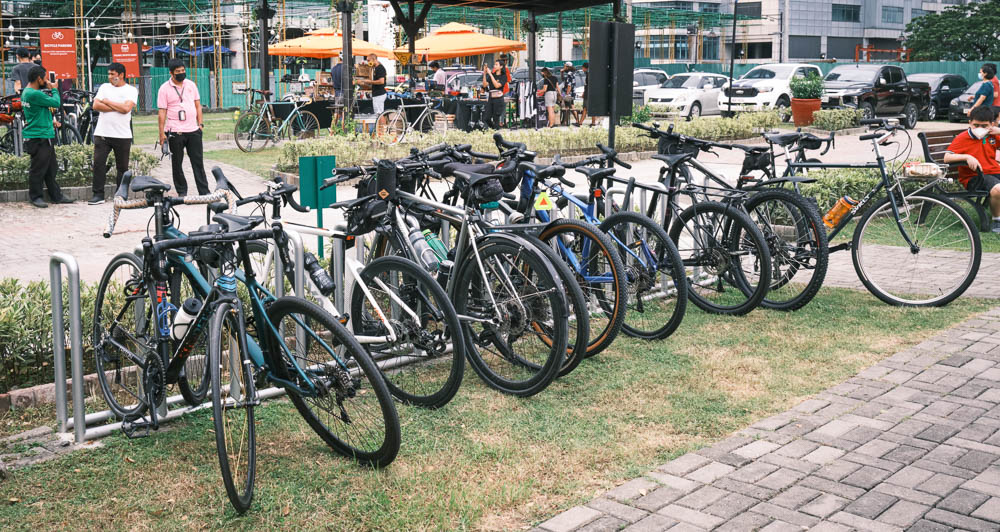
Taking up bike-commuting isn’t as easy as it sounds. Aside from the mental preparation needed to face Metro Manila’s traffic, there’s also the challenge of finding the right bicycle.
Of course, there’s the saying that the best gear is the one you already have. But that doesn’t take into account that users have different needs and preferences. That’s why we’ll be going through different kinds of bicycles, and evaluating how useful they are for beginners.
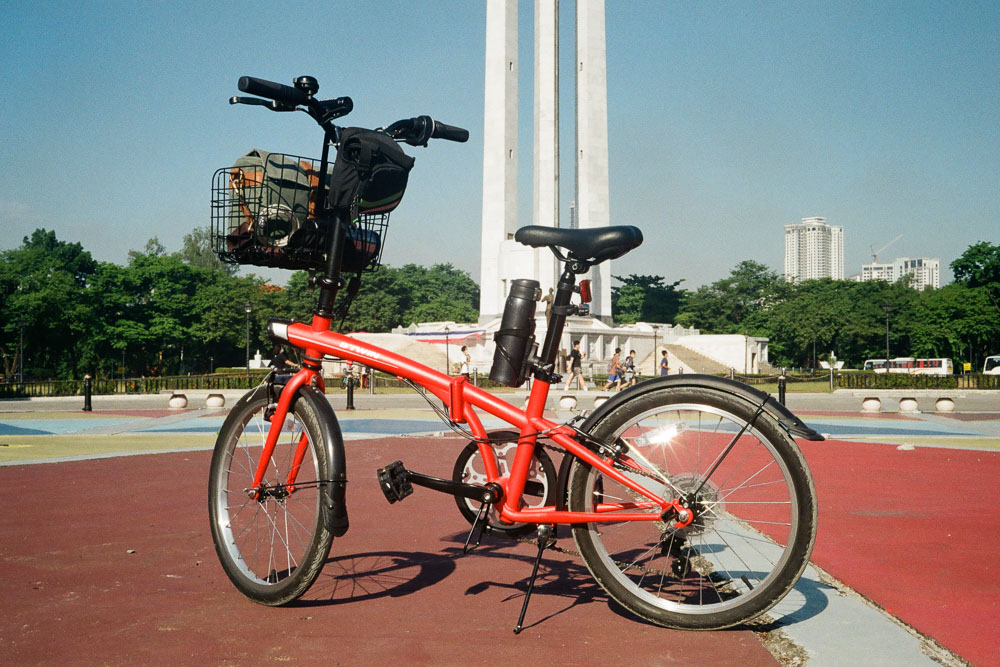
Folding bicycle. In our opinion, folding bicycles are the best option to start with. They come in one-size-fits-all and have an upright riding position, making them very beginner-friendly. Storage isn’t a problem, and they can even be brought in public transit.
However, they’re also heavy for their size because of the reinforced hinge. And usually, with a short wheelbase and small wheels, they can be twitchy and unstable, especially at high speeds. If your intended use is just bike-commuting or casual city-riding, then a folding bicycle will serve you well.
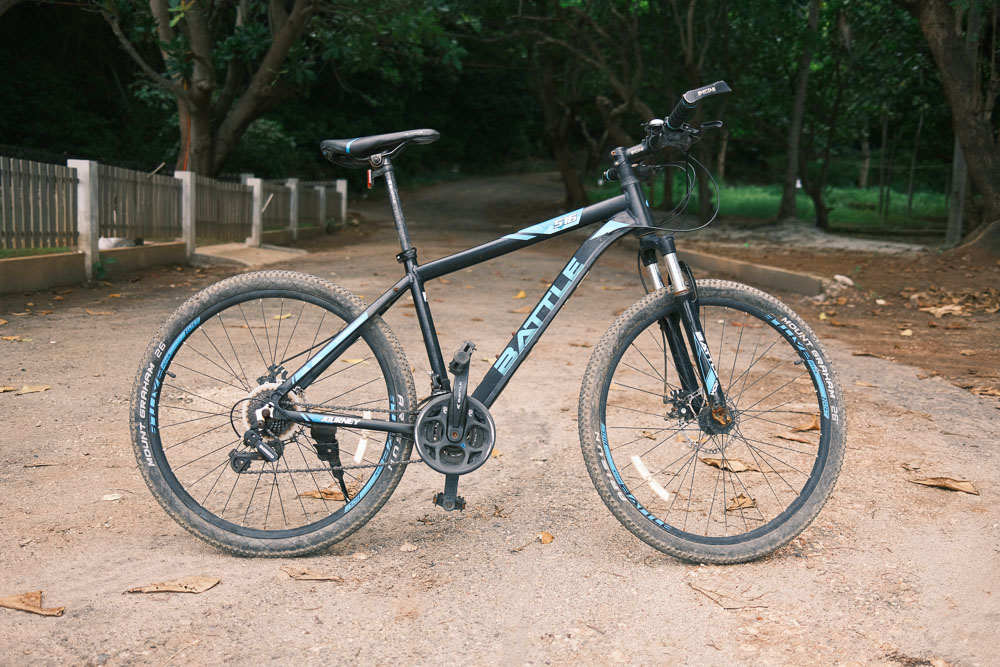
Mountain bike. Mountain bikes have become ubiquitous ever since their boom as a lifestyle trend. And if your household has a bicycle lying around, there’s a good chance it’s an MTB. These off-road machines were made for the trail, and can tackle obstacles with their suspension forks and knobby tires. You won’t have a problem with the rough roads of Metro Manila. Plus, parts are plentiful and affordable.
You might think an MTB is the only viable choice given the road conditions in Metro Manila. However, that isn’t necessarily true as a suspension fork isn’t essential and adds unnecessary weight and complication to the bike.
Still, MTBs are highly recommended for being rugged and easy to ride, especially if you want to hit the trail regularly or just want greater comfort.
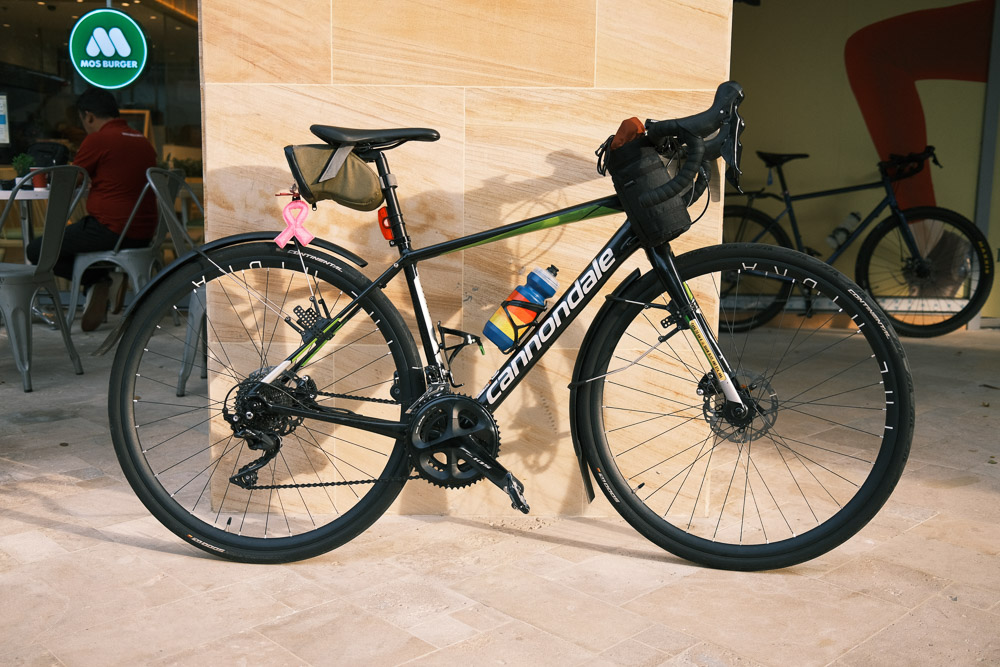
Road bike. Light and fast-rolling, road bikes are the most efficient bicycles for covering long distances on paved surfaces. Though unmatched in speed, they are severely limited in Metro Manila by their skinny tires. Not only will you feel every bump and crack on the road, but there’s also the risk of the wheels shooting into steel gratings.
They will never be our first choice for commuting as they prioritize performance above comfort and versatility. But if you can learn to manage yourself with one of these, then you’ll be a really good cyclist. One thing to consider, though, is that road bikes cater to athletic bikers so they’re not designed to be loaded with cargo, and parts can get expensive.
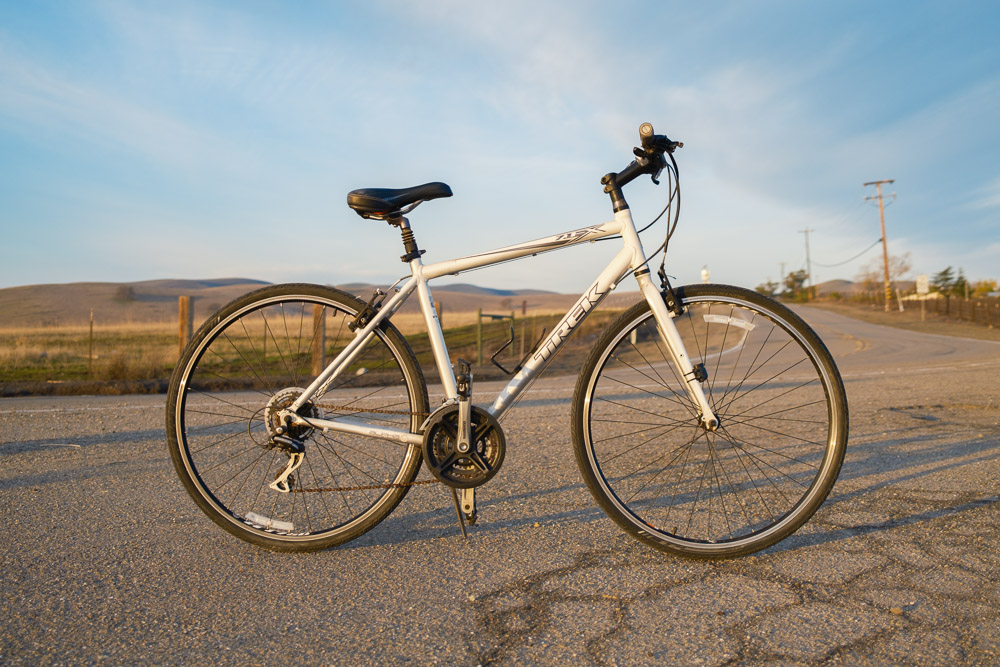
Hybrid bike. A hybrid bike can be described as an in-between of an MTB and a road bike. Hybrids combine the relaxed, upright riding position of the former with the slimmer tire profile of the latter. This makes them comfortable yet speedy enough for city-riding and also for long rides, provided you stay on the road.
If you find folding bikes to be lacking, then hybrid bikes are the next best choice, especially with their mounts for accessories such as racks and fenders. However, they aren’t the most common kind of bicycles around with shops catering to the sportier side of cycling.
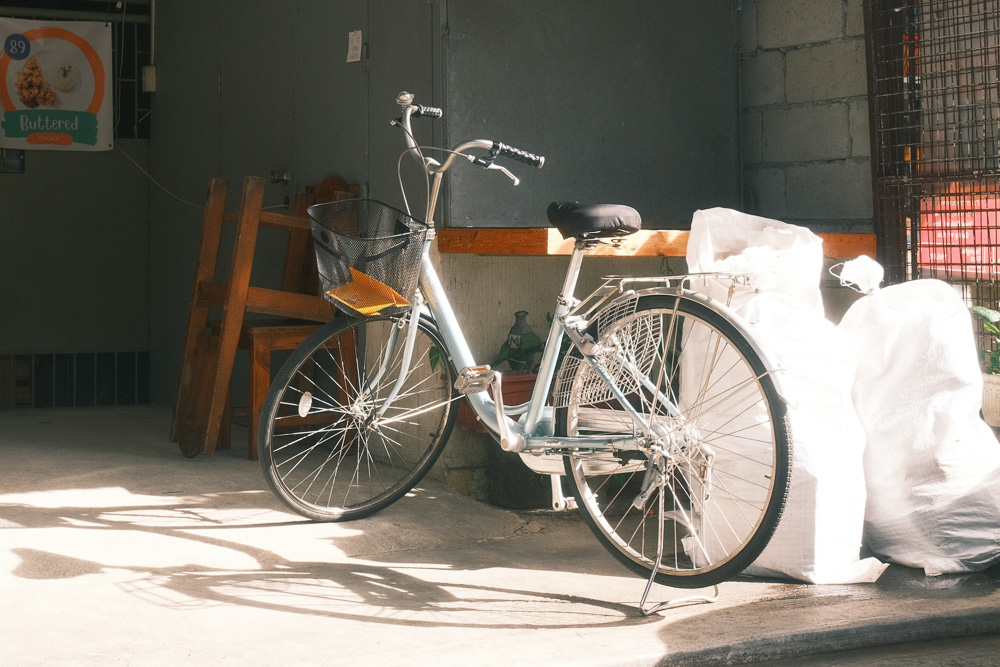
Mamachari. Mom’s bikes and similarly styled bikes are usually found in countries such as Japan and the Netherlands, serving as rugged workhorses in the daily lives of people. A low-sweep frame makes mounting and dismounting easy, especially for women in skirts. The upright position and the swept-back handlebars make the riding experience as comfortable as possible.
There’s also no need to worry about dirtying your outfit with fenders and a chain guard. Sometimes you’ll see dynamo hubs at the front that powers a front light when the front wheel rotates. While finding a Dutch bike might be difficult, there’s no shortage of mamacharis that can easily be found in surplus stores for cheap. In spite of these features, there are serious trade-offs to consider.
These are highly durable, capable of transporting groceries, laundry, or even other people. But they are also quite heavy, and you wouldn’t want to use one in hilly areas with the limited gearing.
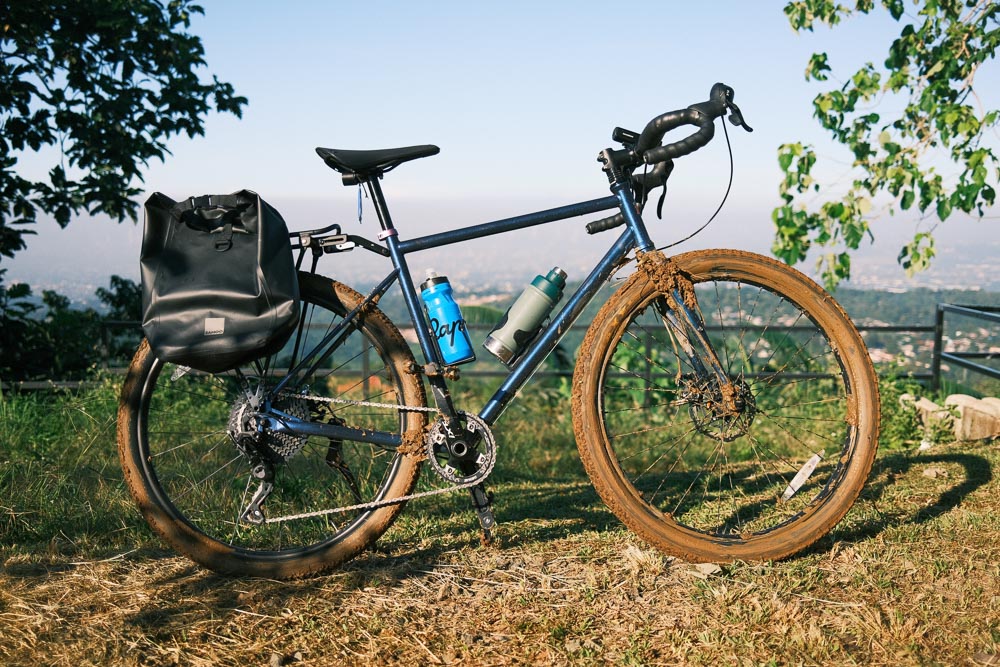
Gravel bike. These have been rising in popularity ever since their introduction in the 2010s. Whereas hybrid bikes are limited to the road, these are meant for off-road adventures and “bikepacking.”
If you’re wondering what’s the difference between this and an MTB, the latter is purely for the trail, while the former is for mixed surfaces. You won’t be going as fast on a gnarly descent, but a gravel bike will help you cover longer distances, even when the pavement ends. And you can load one with all sorts of cargo, whether for commuting to the office or going on a camping trip.
However, gravel bikes are expensive and you’ll undoubtedly be spending more as you customize one. But if you have the budget and manage to find a good deal, you’ll have a versatile bicycle that you can use for city commuting, long rides, and light trail-riding.
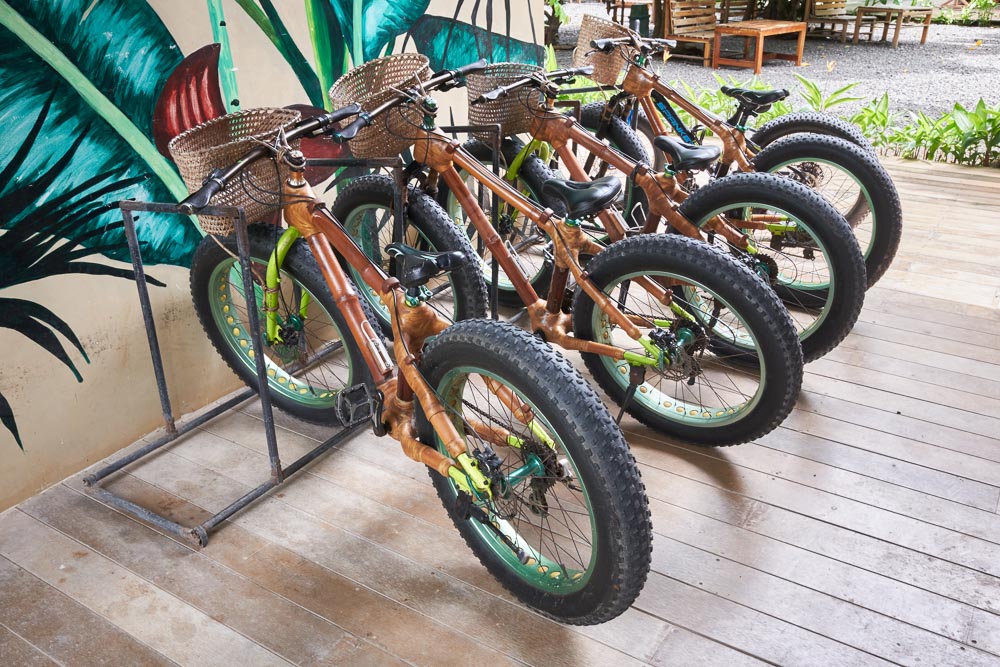
Fat bike. This has big wheels with tires thicker than those on an MTB, usually around four inches wide. These are meant for biking across all seasons—in the sand, in the snow, and everything in between.
Whereas MTBs use suspension forks to damp vibrations and bumps, the low tire pressure of fat bikes lets them roll over practically anything on the ground—albeit slowly due to the rolling resistance and the heavy weight. You may have seen these ridden by Jollibee delivery riders, but I wouldn’t recommend these for beginners.
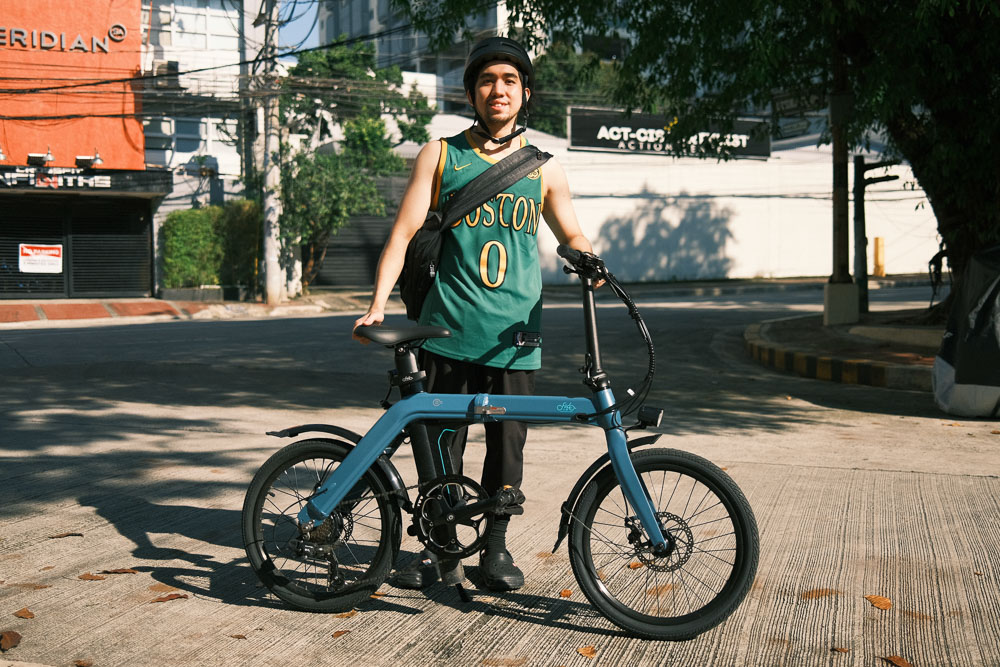
Electric bike. Electric bikes are relatively new, but are becoming more prevalent globally, even here in Metro Manila. These are essentially bicycles with an electric motor, either at the crank or at the rear hub.
Most are pedal-assist, meaning you still need to pedal to get moving, but there are models capable of being purely motor-driven like an e-scooter. With an e-bike, you can still get exercise from cycling. But it doesn’t have to be strenuous or exhausting, especially when climbing steep slopes.
However, aside from the weight and the cost, e-bikes tend to be pretty bare-bones as ordinary bicycles, usually equipped with basic components. And if you want something that’s well-specced, even without the motor, you’ll have to spend a lot for higher-end brands and models like the Trek E-Caliber.
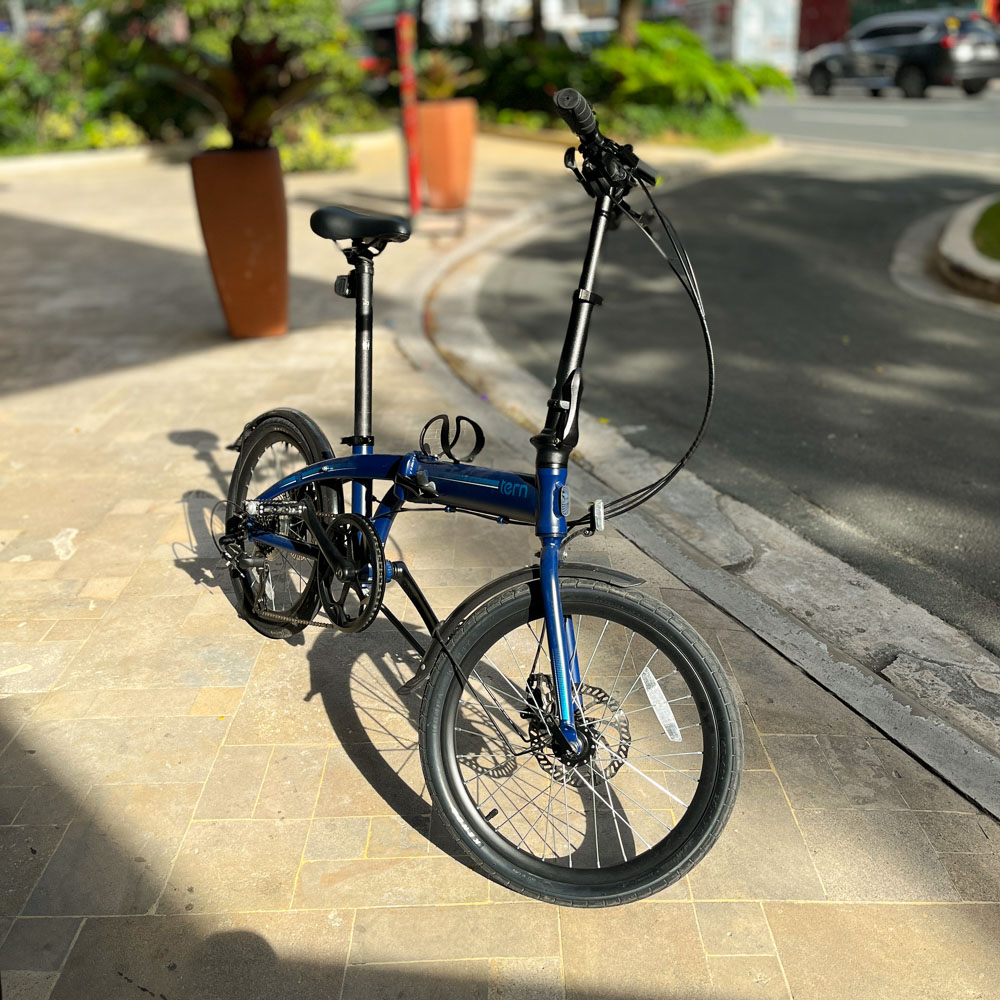
If you don’t happen to have a bicycle at home, then we hope this guide will help you. But if you already have one, we recommend that you try that first, assuming it works and it fits you.
What matters more isn’t the kind of bike that you use, but the experience. And you will only be able to accumulate experience with more saddle time on the road. Of course, if and when the time comes to buy a new bicycle, don’t cheap out as a good chunk of your cycling experience will depend on what you’re riding.
No bicycle is perfect. So there’s nothing wrong with getting another bike or two, as long as you get to use and enjoy it. Just be responsible with your spending.

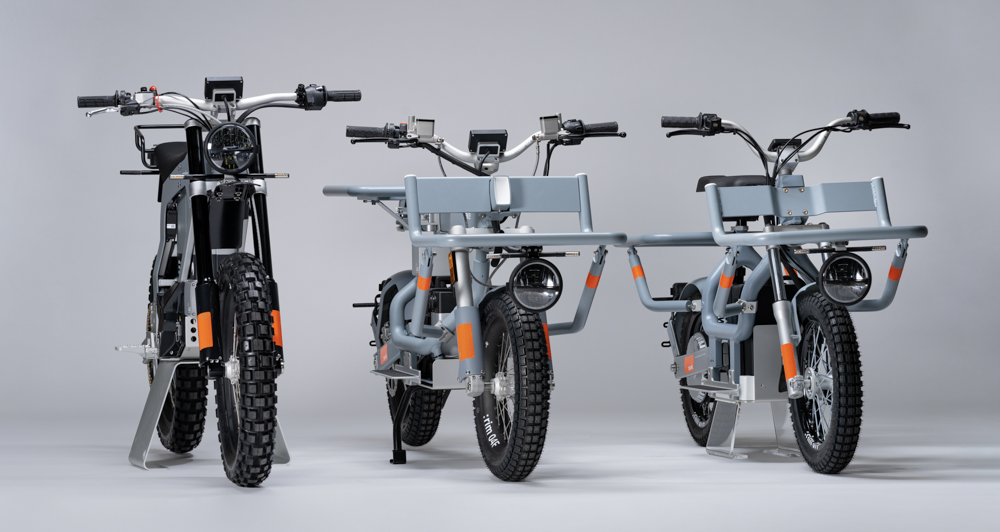
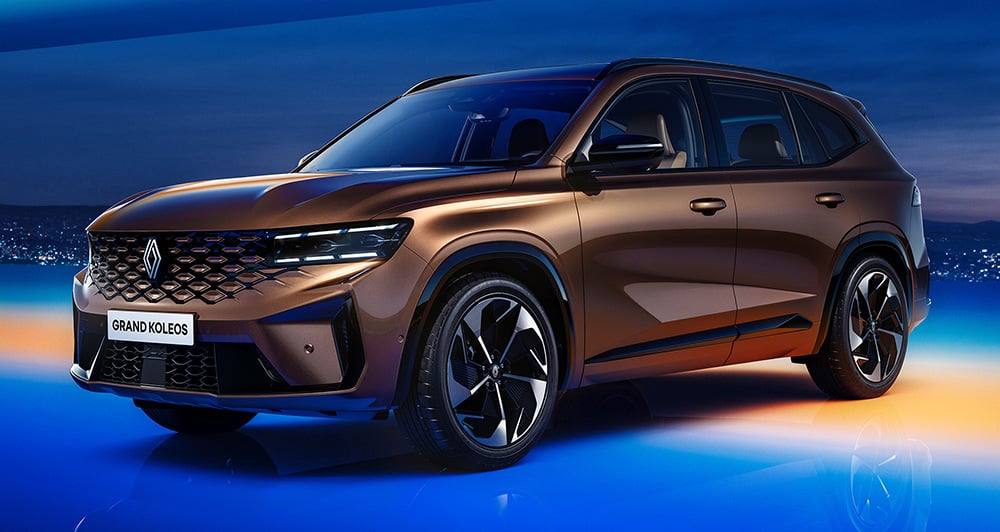
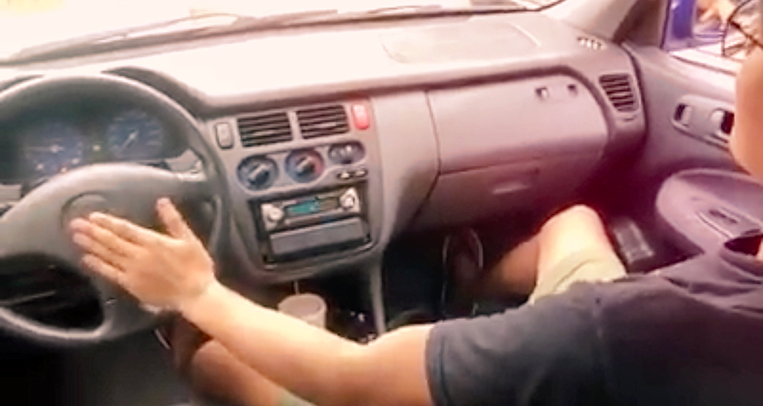
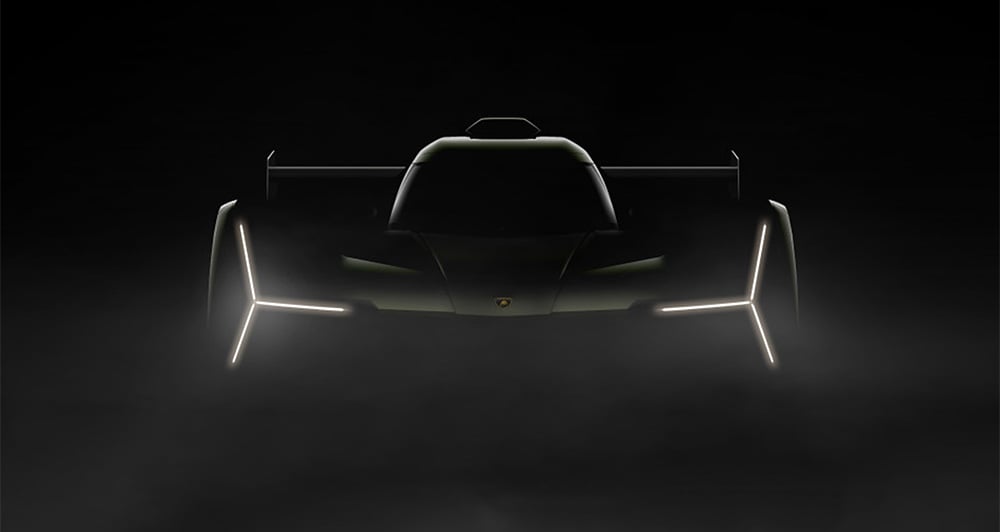
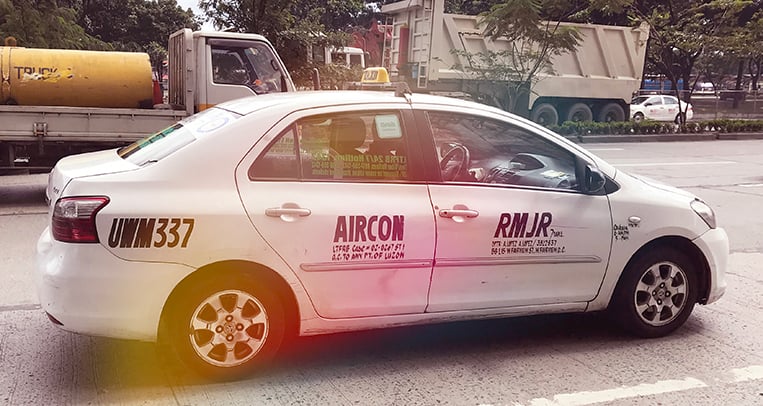
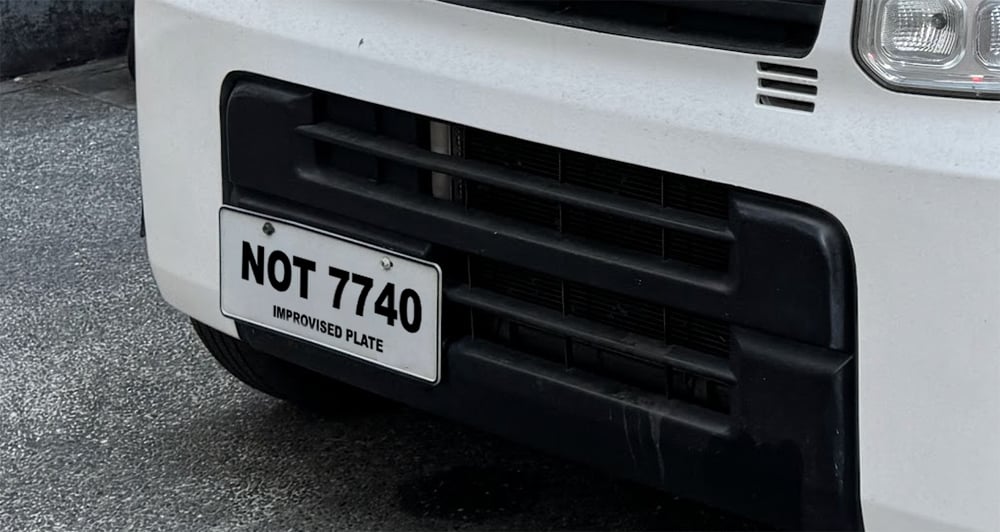
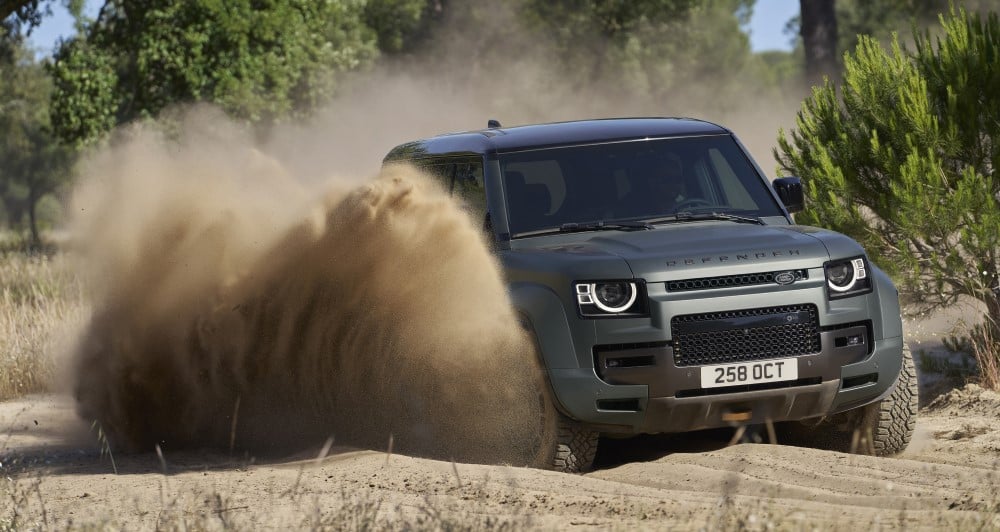
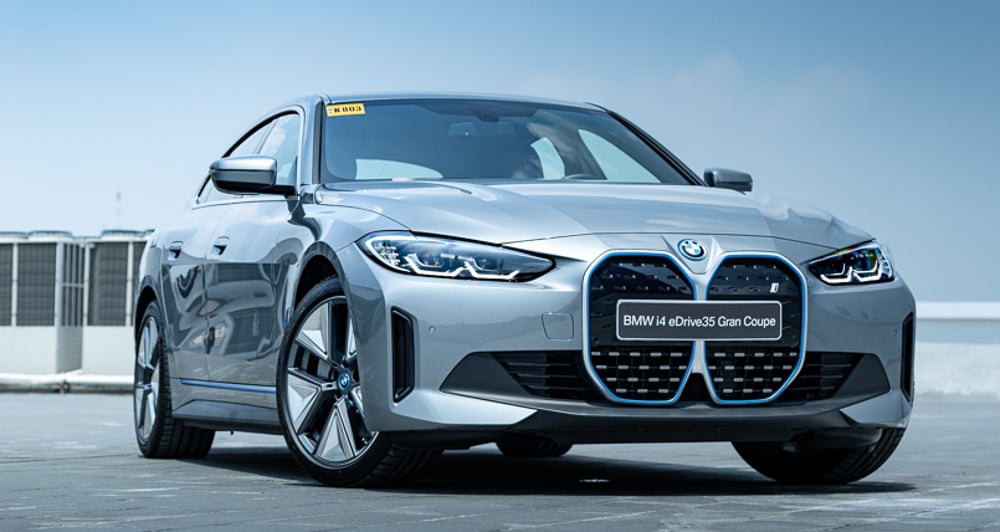
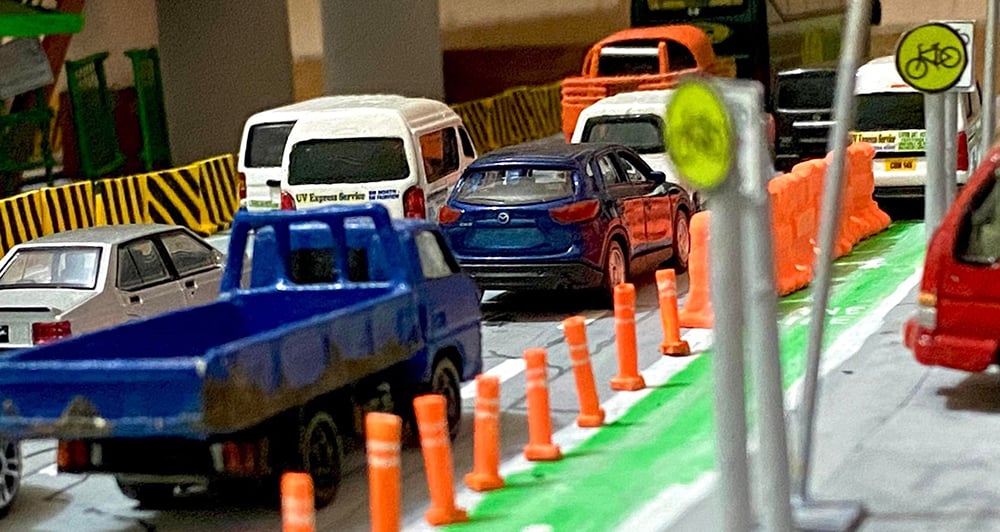

Comments